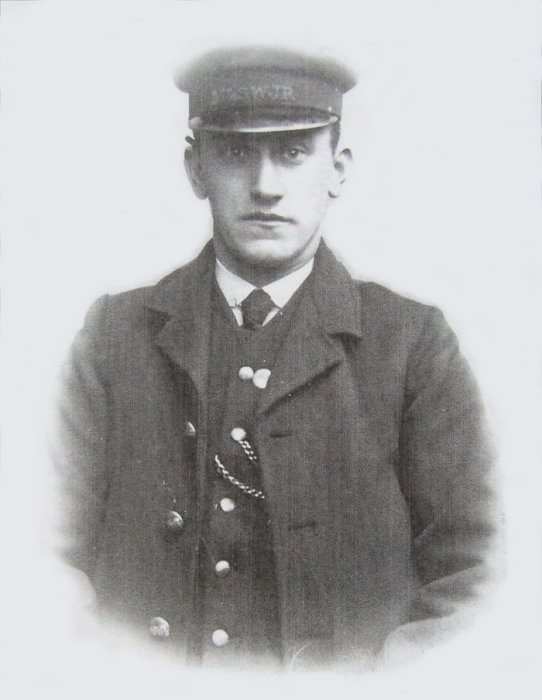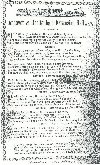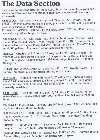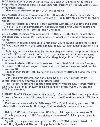'The railways are coming!!' was a frequently said phrase in the UK in the middle of the nineteenth century.
Bills were being put before Parliament almost non-stop to incorporate railway companies.
A proposal that received alot of opposition, particularly from the Swindon based GWR, was one that would make
a north-south link from Cheltenham to Andover. As a result trains would be able to travel easily
from the north to the south coast, particularly Southampton.
On 25 May 1872 a meeting at the Forest Hotel, Savernake,
A visionary idea of tunnelling south through Swindon's Old Town hill, beginning at what is now
Queens Park started in October 1875. It did not reach far before funds ran out in October 1876.
In 1879, Messrs Watson, Smith and Watson undertook construction of the railway, but this time from the west
of Swindon's GW station from a junction with the GWR at Rushey Platt. This avoided the need for a tunnel.
(Click on the picture to see an enlarged version)
Substantial earthworks were required, particularly at Chiseldon where a 500 yard embankment
was built mostly by hand over 9 months.
On 26 July 1881 the section from Swindon to Marlborough was finally opened with intermediate stations
at Chiseldon and Ogbourne. When the special opening train reached Chiseldon the village school children
sang the newly composed 'Swindon, Marlborough and Andover' railway song under the conductorship of their school master.(see the sheet music elsewhere on this web site)
The 'Swindon Advertiser' for 30 July 1881 reported that when the train reached Swindon Town station, '...a procession
was formed consisting of the Swindon Town Band in gay blue and red uniform...and officials
of the Company bringing up the rear. In this order they proceeded from the station in Newport Street
along Devizes Road, through Wood Street and High Street, to the market place, and direct
to the banquet hall in the Corn Exchange.'
GWR charged £6,000 for the junction at Rushey Platt and £2,500 per annum for the use of Swindon station
and the line from Rushey Platt to Swindon on a notional distance of 6 miles, instead of the actual
distance of 1 mile. These extortionate amounts were reduced on arbitration to £105 for the junction
and £1,100 per annum for the use of the GWR line and station.
A passenger service between the two Swindon stations was introduced on 6 February 1882, but
only lasted until 28 February 1885 as it was running at a loss of nearly £1,500 per annum.
The desire to drive a line through to the Midland Railway at Cheltenham continued. This extension
would be able to capture through traffic from the north and the coalfields of South
Wales and the Forest of Dean. On 18 July 1881
an Act of Parliament was passed to incorporate the Swindon and Cheltenham Extension Railway,
a separate company to build a line from Rushey Platt to Andoversford to join the Banbury
and Cheltenham Direct Railway.
A length of 13 1/2 miles from the SM&A at Rushey Platt to Cirencester was completed and opened
for passenger traffic on 18 December 1883 (goods traffic from 1 November 1883) with intermediate
stations at Cricklade and Cerney.
The train carrying the guests left Swindon at 1pm and at Cricklade was greeted by the Town Band.
A few days later celebrations were held at the White Hart Hotel in Cricklade with a luncheon, sports
and fireworks in the evening.
A station at Blunsdon was opened on 1 September 1895.
The distance between stations was as follows:
Cricklade to Blunsdon - 2 1/2 miles
Blunsdon to Moredon (which opened a platform on 25 March 1913) - just under 2 miles
Moredon to Rushey Platt - 2 1/2 miles
Rushey Platt to Swindon Town - just under 2 miles
Swindon Town to Chiseldon - just over 3 miles
The two companies joined forces on 23 June 1884 and changed their names to The Midland &
South Western Junction Railway Company (M&SWJR), the title refering to the two large railway companies
it was going to link.
Work started to join Cirencester to Andoversford in 1888. The line was opened on 1 August 1891.
The southern end of the line to Southampton was first used by the M&SW on 1 November 1892 and so the
link from the North and Midlands to Southampton was made.
Timetable from 1881
Timetables from 1884 and 1892
Although the M&SWJR had an impressive safety record with no serious accidents, it struggled
to keep its finances above water. Sam Fay was recruited, and based in Cirencester, turned the company
around.
Also based in Cirencester, the engine repair shops were completed in 1895.
The main goods traffic on the M&SW in the area surrounding Swindon was milk. Centred on
Cricklade, milk was also key traffic at Cerney, Blunsdon, Moredon, Rushey Platt and Chiseldon.
Rushey Platt station opened on 18 December 1883, had four platforms, two on the curve to the GWR line
and two at a higher level which led over the GWR line, in the form of a 92 1/2 foot bridge, north.
Connected by a subway, the station was not open for long closing to passengers on 1 October 1905.
The subway was blocked up in 1907.
Swindon Town station was the most noteworthy on the M&SWJR with many buildings and a room for refreshment.
As well as racehorse traffic, military traffic was a major aspect of the line with barracks
being located just south of Chiseldon for which a siding connection was opened in September 1914. A
halt was opened on 1 December 1930.
The stationmaster of Chiseldon and his family lived in a thatched cottage just south of the station at the top of the railway
cutting. The straw roof remained until World War 1, when a spark from a passing train set it
alight. The cottage was reroofed in slate.
In all, during its life, 38 locomotives painted 'Midland Red' (dark red) were owned by the M&SWJR.
Coaches were painted in the same colour.
The passenger services were initially local but scheduled times existed from Southampton to
Cheltenham, a distance of 94 miles covered in 2 1/2 hours.
An express from Andover to Cheltenham, a distance of 68 miles with one stop at Swindon took
1 3/4 hours.
One regular duty for Swindon Town station staff during the summer months was the release of
racing pigeons sent down in special vans from northern England. On one Saturday in June 1909,
80,000 pigeons were received in 3 trainloads from Cheshire, Lancashire and Yorkshire. This sight
was also common at Marlborough station in the 1920's.
Tickets were white for first class, blue for second and pink for third. Second class was
abolished on 1 January 1904.
The military uses of the line were ongoing throughout its life. Following the South African War,
when 10,000 troops were transported in 22 special trains in one day in August 1901, the M&SWJR
ran 6,452 troop trains, 1,488 ambulance trains, transported 3.2 million officers and men, 135,000
horses as well as ammunition and stores during World War 1.
The line was also used to move troops in peacetime to Salisbury Plain for annual exercises.
In 1913 a new script monogram was introduced as a replacement for the standard block lettering
carried on locomotives. The scroll script was in gold, with crimson and bright blue shading
which complimented the dark red livery of the engines and tenders well.
On 1 July 1923 following the 1921 Railways Act, the M&SWJR passed into the hands of the GWR.
The passenger service between Swindon Town and Swindon Station was restored on 22 October 1923,
but Blunsdon station was closed to passengers in 1924 and to goods in 1937. Moredon opened its
sidings to the Power Station on 17 January 1928, closing to milk traffic on 1 October 1932.
On 1 January 1948 the line passed into public ownership as part of the Western Region of British
Railways. In 1954, No. 12, the last survivor of the M&SWJR loco fleet was scrapped after 60
years of service.
In 1958 the northern terminus was changed from Cheltenham Lansdown to Cheltenham St James
eliminating the option of connection with trains to the north.
On the last day of scheduled passenger services, 10 September 1961, 80 years after the opening
of the first stretch of the SM&A Railway, two special trains, including 'Cookham Manor', were
run over the line for the benefit of railway enthusiasts and local supporters of the route.
The last service train for Andover left Swindon Town that evening carrying a wreath on the smokebox door.
With passenger services withdrawn, only a few isolated
pieces of line were left in operation for goods traffic including Swindon Town to Cirencester. Facilities
were withdrawn from Cricklade on 1 July 1963 and from Swindon Town on 19 May 1964 for general
goods, although it continued to handle coal traffic until 1 November 1966. After its closure, oil tanks were conveyed to the Esso depot in Marlborough Road for the next two years.
In 1968/9 track south of Swindon Town station was taken up by a company called Bromilow. In the latter part of 1970 the Swindon station goods yard was the base for many trainloads
of roadstone which were transferred in lorries for use in building the new M4 motorway.
The track was lifted north of Chiseldon in 1964. After the station closed,
it was left derelict and badly neglected until 1968 when filling in the deep cutting began. When this
was complete new houses were built in Station Road over the old railway route. The bridges in
New Road and New Farm Road were under filled, while the bridge at the bottom of Station Road
was taken down and levelled off.
The old water tank that used to serve the Gent's Toilets on the station and the original
Station Masters cottage still exists. When the Station Court Nursing Home was converted to
the Primark Hotel, it was planned to extend the car park into the embankment at the rear.
But, the developers came across a concrete clad cast iron tank which was uneconomic to shift.
This has resulted in a wall slightly intruding into the car park which is where the old tank still lives.
Rushey Platt to Moredon was worked as a siding and saw occassional use for coal trafffic to Moredon
Power Station until the early 1970's. The Power Station ceased generating in March 1973 and its
landmark chimney was felled on 1 March 1979 during the demolition process.
The last ever passenger train to visit Swindon Town was a diesel special in April 1972.
The remaining track between Swindon Town and Moredon was lifted in 1978.
Now there are many clues to the existence of the line. Many
bridges and embankments remain, as do cycle tracks, including one from Swindon Old Town station
to Rushey Platt and from just north of Rushey Platt to Moredon.
There were many nicknames for the M&SWJR. Midland railwaymen at Cheltenham called it 'Chidley',
many regular users called it the 'Tiddley Dyke' and it was also known as the 'Milky Way'.
In 1978 the Swindon and Cricklade Railway was formed and a 3/4 mile stretch of line between
Blunsdon and Hayes Knoll (a new station on the old M&SWJR) was relaid. As can be seen on another part
of this web site, plans are afoot to extend this track....
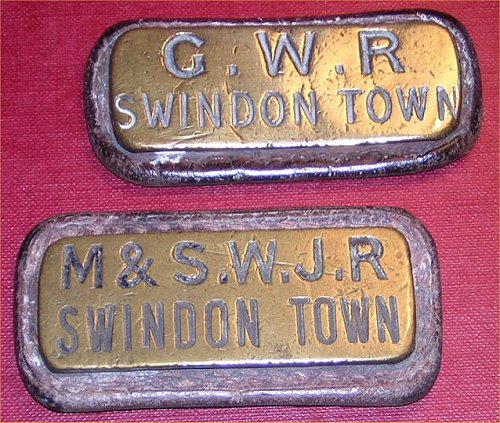
(Brass cashbag labels once fixed to a lockable leather bag
used to take station receipts to the audit office. Courtesy Peter Timms.)
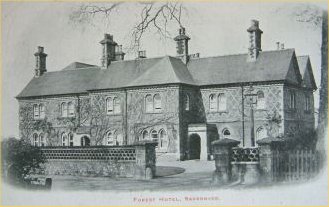
considered plans which culminated
in the Swindon, Marlbrough and Andover (SMA) Railway Act of 1873 being passed. This line would run from just
east of the main Swindon station on the GW main line. The head office of this new company
was also positioned in Swindon at a building called The Croft off Newport Street.
